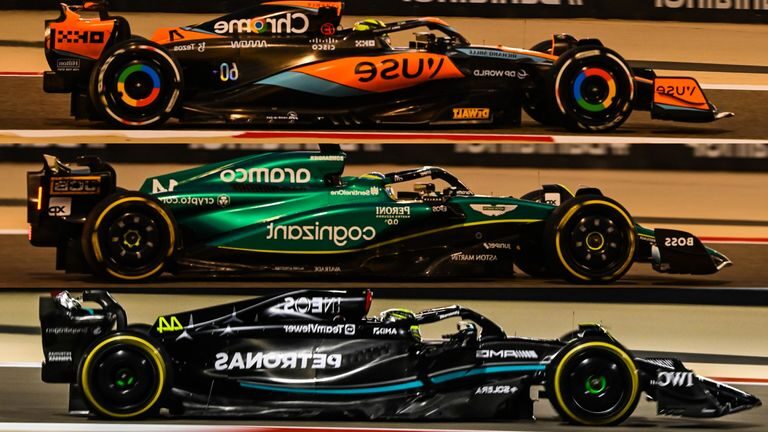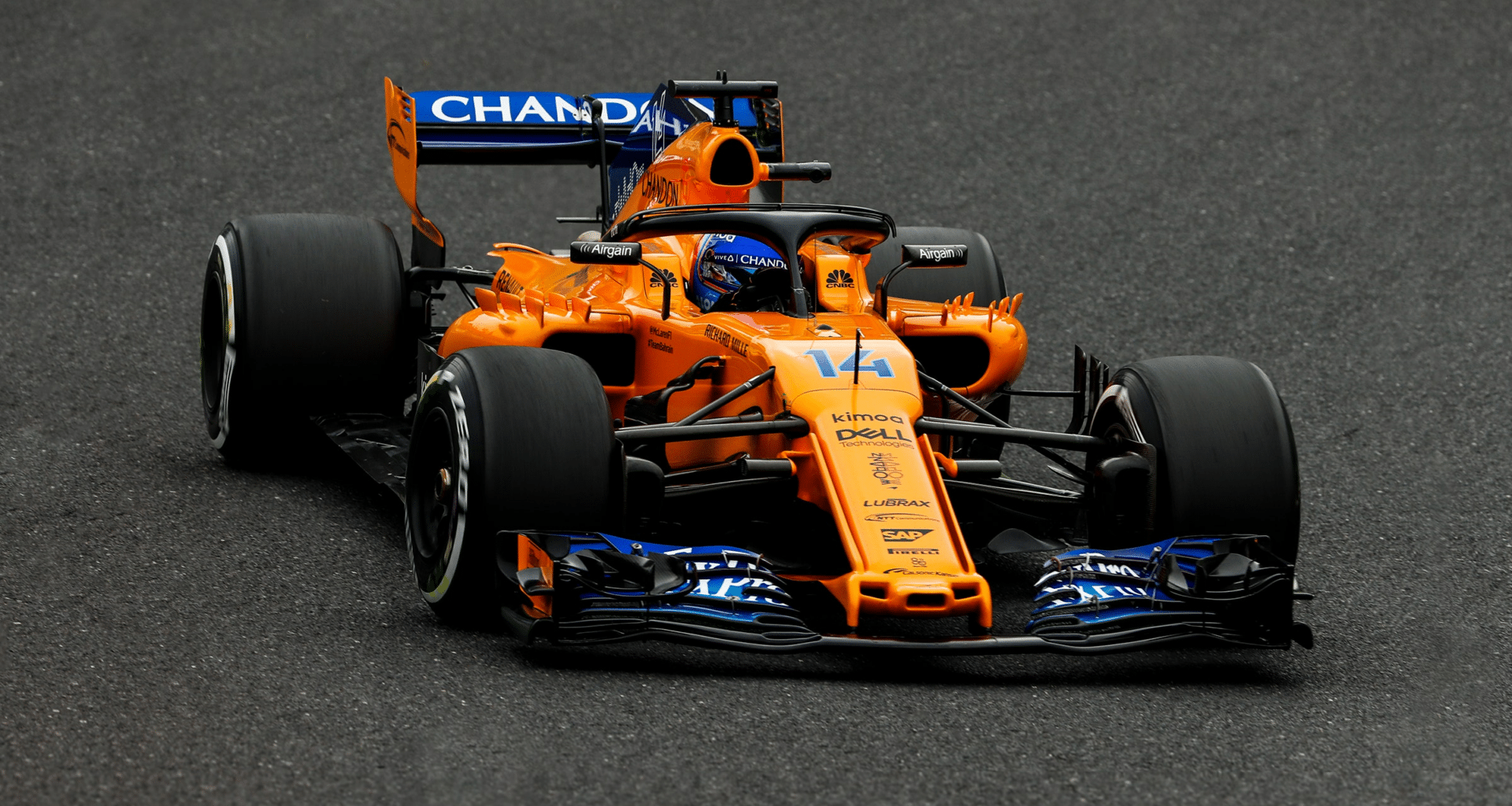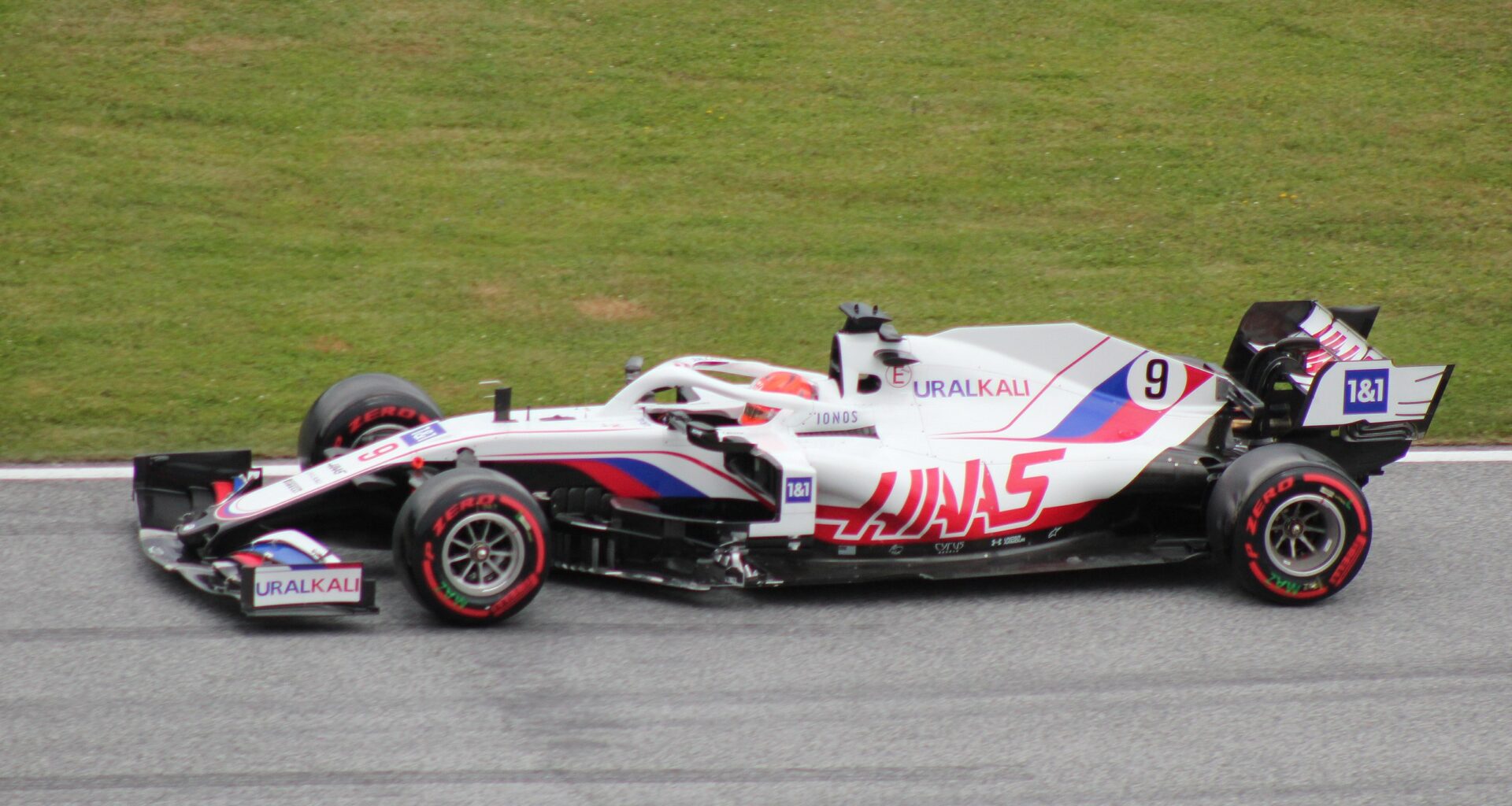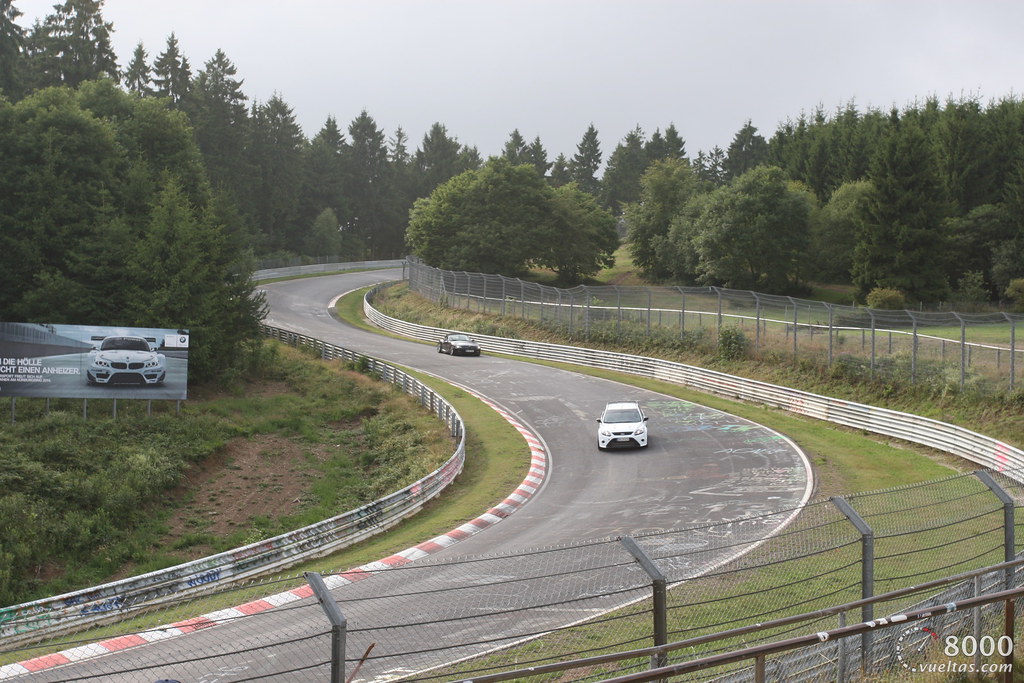In Formula One, the term “sandbagging” refers to a team or driver who purposefully underperforms to conceal their true speed from rivals.
In F1 racing, sandbagging is a specific strategy where a team or driver conceals their genuine performance to trick their rivals. It is a strategy they use to gain an advantage and offer their competitors a false sense of security. The Mercedes team has been cited as the most well-known instance of sandbagging; they have recently been accused of purposefully failing in preseason testing.
Sandbagging is a technique used to disguise a car’s true capabilities and make it seem slower than it actually is. To offer a misleading impression of their performance, teams will travel slower than anticipated during sessions, conserve tires and fuel, and even influence pitstop plans. Teams can also induce surprise by purposefully underperforming and then unexpectedly overtaking the competition to win the competition.
The history of Mercedes and sandbagging is well known. They were charged with intentionally driving slower than anticipated in preseason testing in 2017 and 2018, but they won the opening matches of the season. The same thing occurred in 2020, when Mercedes was unquestionably the most potent car on the grid, but in 2021 Red Bull completely dominated the field.
F1 has been attempting to implement a variety of tactics to deter sandbagging. All of these measures aim to restrict the amount of variables a team may control, including limiting the number of engine components a team can employ and requiring certain tire formulations for particular races.
To sum up, sandbagging is a strategy adopted by teams to gain the upper hand on their competitors and keep them in the dark. Although it has been observed in the Mercedes squad in recent years, numerous other teams have also been known to employ it. F1 has attempted to implement mechanisms to restrict sandbagging and ensure that teams are not using it.




